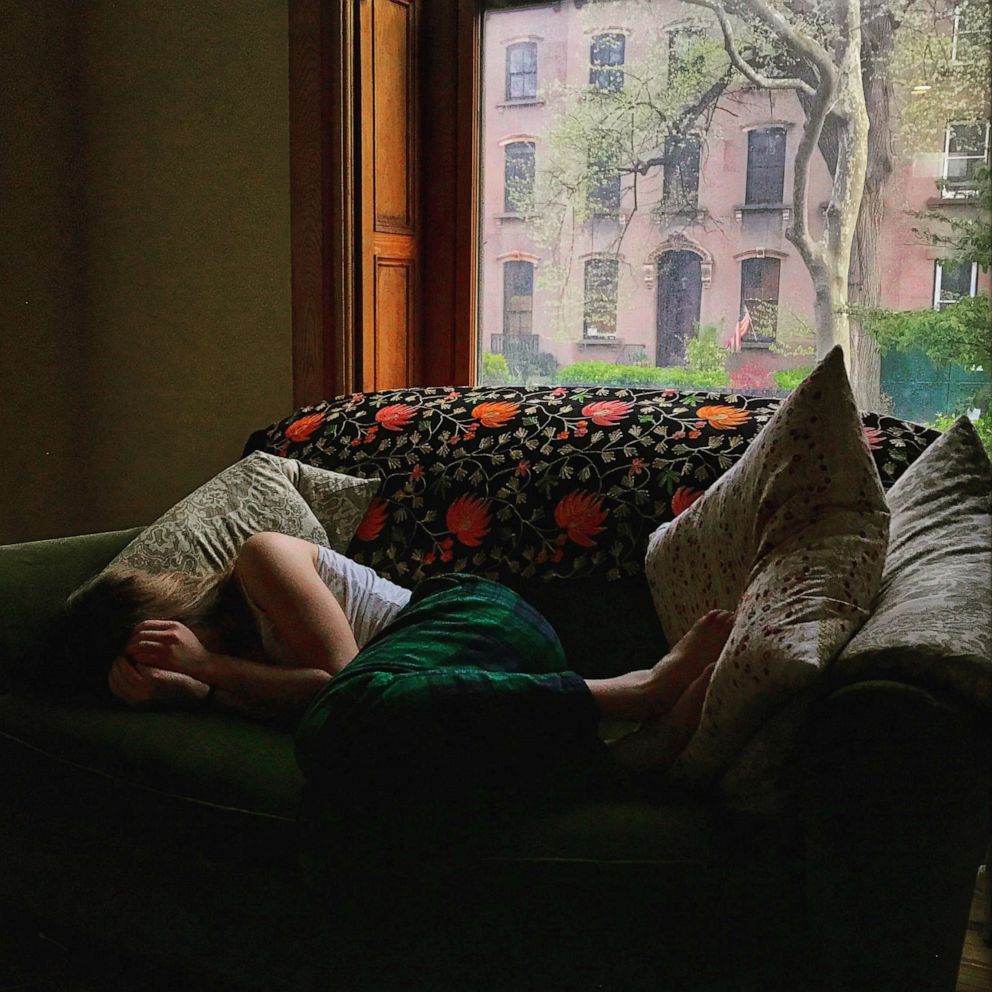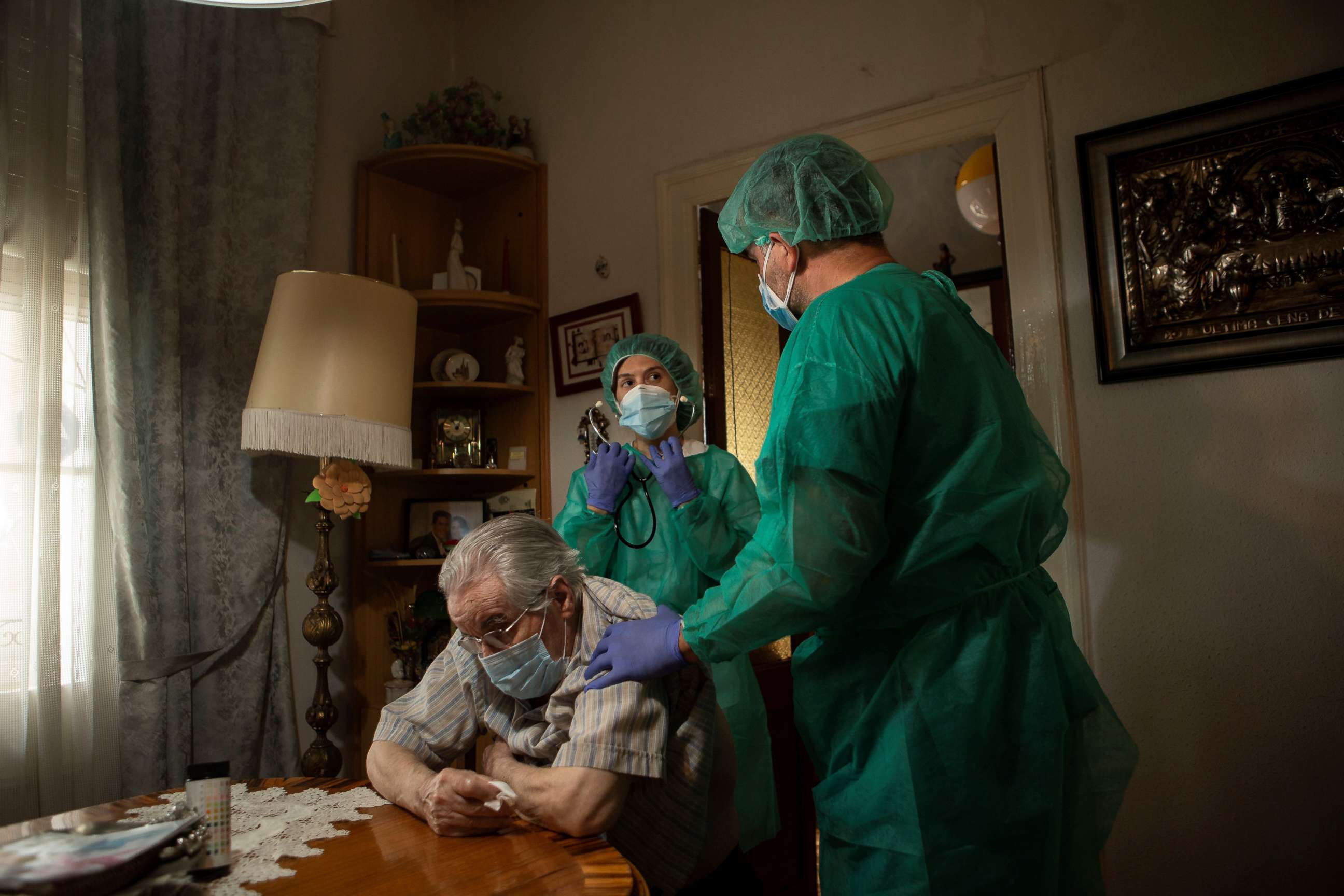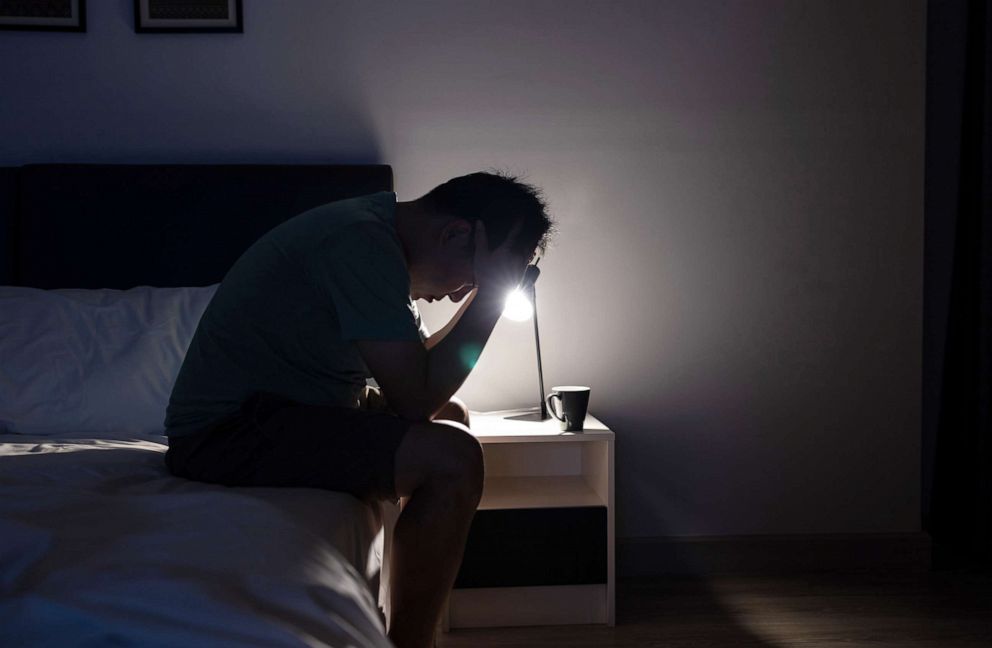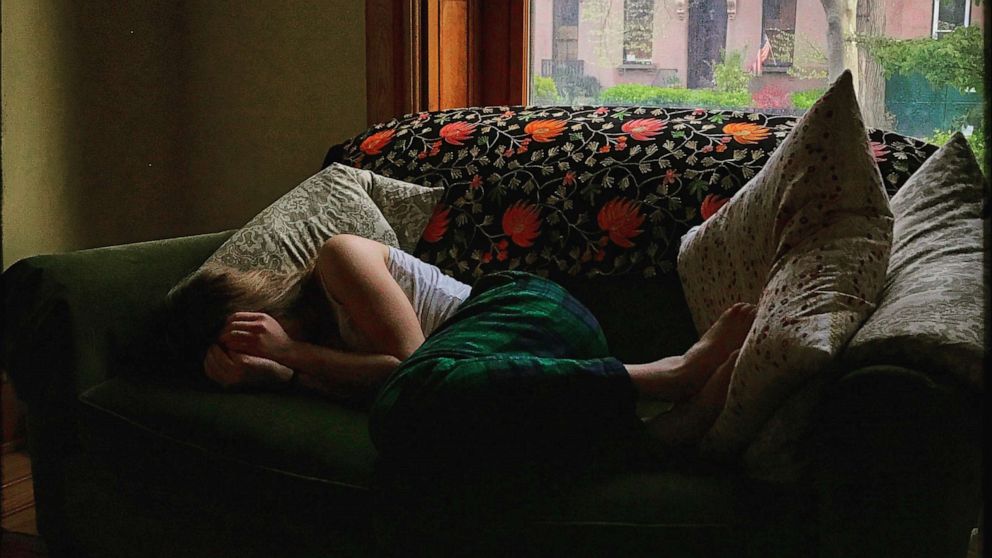Predictions of more suicides, overdoses and domestic abuse during COVID are coming true
Early in the COVID-19 pandemic, the stay-at-home measures and disruptions to daily life that aimed to slow the spread of the virus and save lives led many public health specialists to worry that the nation also could see an uptick in suicides, drug overdoses and domestic violence.
Nine months later, those grim predictions look like they're coming true.
"There is a mental health wave to this pandemic," Dr. Ken Duckworth, chief medical officer of the National Alliance for Mental Illness, told ABC News. "We as a species don't do well with uncertainty."
The pandemic, for many Americans, has exacerbated already-stressful scenarios -- deaths of loved ones, illnesses, loss of income -- according to psychiatrists Thomas Holmes and Richard Rahe.
Additionally, stay-at-home orders and school closures -- important actions to prevent virus spread -- created downstream consequences such as social isolation, eroding support networks and additional financial strain.
All of these factors are contributing to more suicides, overdoses and violence, according to the Centers for Disease Control and Prevention. And specialists warn that this mental health pandemic within the virus pandemic also will disproportionately affect Blacks, Hispanics, the elderly, people of lower socioeconomic status of all races, and health care workers.

Many of these accelerating public health crises already were worsening before COVID-19.
In 2018, the U.S had the highest age-adjusted suicide rates since 1941. By June, a CDC survey of 5,470 US adults found that one-third reported anxiety or depression symptoms. About 10% said they had considered suicide during the last month, and the rate of suicidal thoughts was highest among unpaid caregivers, essential workers, Hispanic or Black respondents and young adults.
People age 18 to 25 may be the most affected group, Duckworth explained.
"We need to take a look at the age impact," Duckworth added. "In the age where identity is developed, young adults are missing college."
The opioid epidemic, previously considered the greatest public health threat in the U.S., also has worsened since the virus outbreak. After overdose deaths briefly plateaued in 2017 -- stricter regulations of prescription drugs were enacted -- deaths began creeping upward again because of illegal synthetic substitutes like fentanyl.
"We were making some improvement in terms of treatment options for opioid addiction prior to the pandemic," Dr. Harshal Kirane, medical director of Wellbridge Addiction Treatment and Research, told ABC news. "However, there were still major treatment gaps that have worsened now that we have a superimposed pandemic."
More than 40 states have reported increases in opioid-related deaths since then pandemic struck, according to the American Medical Association.
Overdoses -- both fatal and non-fatal -- have increased 20% compared with the same time period in 2019, according to the Overdose Detection Mapping Application Program.

"The incidence of first-time users is also on the rise," Kirane added. "Isolation, economic pressure and family conflict during quarantine are all factors for this."
Reports of domestic violence are also are rising, with many experts worried the cases reported are but a small fraction of those happening. Just in New York City, "there has been a substantial increase in calls to the domestic violence hotline," said Kelli Owens, executive director of the New York State Office for the Prevention of Domestic Violence.
"The calls to the hotlines dropped in the first few weeks of the pandemic, increased by 30% in April, and increased by 76% by August. They have remained elevated into September," she added.
The United Nations warns that the pandemic is likely to undermine efforts to end gender-based violence globally, while stay-at-home and social distancing orders may effectively trap the abused with their abusers.
The CDC recognized that violence is a serious public health problem. It affects people in all stages of life, and many of violence survivors suffer from long-term physical, mental and emotional health problems.
"It is important to keep in mind the domestic violence is usually under-reported," Owen added.
Public health specialists and policy makers are taking steps to try to address these alarming trends. For example, many states have eased restrictions for telehealth, making it easier to access a medical provider during a crisis. Some are making it easier to prescribe medication for opioid-use disorder without an in-person visit.

Over the summer, the CDC released guidance for people experiencing abuse and for those coping with extreme stress during the pandemic. The CDC recommends making a plan if you live in an unsafe home, practicing self-care as much as possible and trying to maintain virtual social connections with people outside your immediate home.
Community-level solutions should prioritize young adults, racial and ethnic minorities, essential workers and adult caregivers, according to the CDC, which said these efforts should include economic support, efforts to reduce stresses related to racial discrimination, promoting community social connections and care for those at risk of suicide.
"This pandemic isn't going anywhere," Duckworth said. "My advice is: Lower expectations, stay connected with people, reach out for professional help when needed, don't skip your flu shot and remain physically active."
Yalda Safai, M.D., M.P.H., a psychiatry resident in New York City, is a contributor to ABC News Medical Unit.




